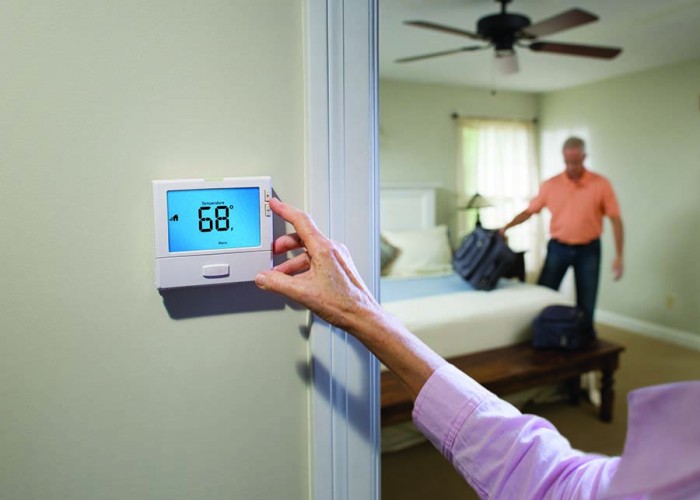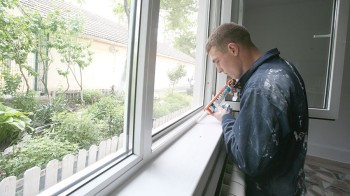Home Improvement: Part 1
Be a Weekend Warrior
By Hannah McKenzie
Q: Spring weather always puts me in the mood to tackle home improvement projects. What would you suggest for a few weekend do-it-yourself (DIY) projects to improve my home’s comfort, indoor air quality and energy efficiency?
A: Owning a home can be overwhelming when it feels like you are fixing something every weekend. Designating a few weekends a year to assess and improve your home is a terrific idea. Inspecting the exterior and interior can help you make and prioritize a project list. This month will focus on spaces outside of the heated and cooled portion of your home.
Here’s your April DIY punch list:
Walk around the exterior looking for trouble spots that may encourage mold growth, rot and/or pest invasions.
Trim trees and shrubs to leave a 36-inch space between plants and your home’s roof and walls. Exterior HVAC units need at least 36 inches of clearance as well.
Clean and secure gutters and downspouts to ensure that water is moving off and at least 5 feet away from your home.
Water standing near or running toward your home is a red flag for possible future water damage. Sometimes regrading the soil or installing a crawl space vent well can mitigate the problem. If the project is too big, consider hiring a contractor to install a drainage system or rework the soil to move water away from your home.
Cover the crawl space floor with 6-mil plastic sheeting if a soil floor is exposed to minimize moisture and unsavory aromas. Overlap joints of the sheets at least 12 inches and remove all debris that may rot before covering the soil.
Insulating hot water pipes with R-3 (½-inch) foam insulation in the crawl space can offer savings up to $50 per year with an electric water heater or $14 per year with a gas water heater. Detailed instructions from the Department of Energy (DOE) are available.
Insulating attic access doors often reduces dramatic temperature differences between the attic access and the rest of your home. For pull-down attic ladders, a cover can be built of rigid foam insulation. Applying caulk or spray foam to the box joints and where the box attaches to the attic framing will limit heated and cooled air from escaping. Attic access panels and doors can also be improved by attaching rigid foam insulation. Detailed instructions from DOE can be found on energy.gov.
Duct sealing is often best left to an HVAC contractor or home energy contractor. Some homeowners, however, are willing and able to tackle this high impact home improvement. Leaking HVAC duct connections make it easy for attic or crawl space air to be sucked into your home, causing indoor air quality and comfort to diminish. Since heating and cooling are the largest energy expense in most homes, cost savings may be noticeable after the improvement. Information about duct sealing from Fine Homebuilding are available.
Air sealing and insulating an attic is an advanced DIY project that is one of the top 10 ways to improve comfort and lower heating and cooling bills. Energy Star® offers a comprehensive DIY guide.
To learn more: Part 2: Indoor weekend home improvement projects.
-
More ways to make your home energy efficient:
-
Share this story:






